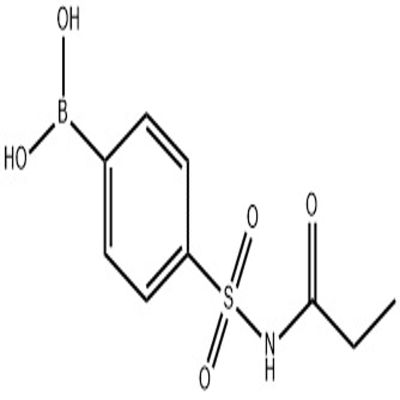-
Categories
-
Pharmaceutical Intermediates
-
Active Pharmaceutical Ingredients
-
Food Additives
- Industrial Coatings
- Agrochemicals
- Dyes and Pigments
- Surfactant
- Flavors and Fragrances
- Chemical Reagents
- Catalyst and Auxiliary
- Natural Products
- Inorganic Chemistry
-
Organic Chemistry
-
Biochemical Engineering
- Analytical Chemistry
- Cosmetic Ingredient
-
Pharmaceutical Intermediates
Promotion
ECHEMI Mall
Wholesale
Weekly Price
Exhibition
News
-
Trade Service
3-Hydrazinopyridazine is a chemical compound that is commonly used in various industrial applications.
This compound is manufactured through a series of chemical reactions that involve various intermediates.
The production process of 3-hydrazinopyridazine can be divided into two stages: the upstream and downstream products.
Upstream Products:
The upstream products of 3-hydrazinopyridazine include the raw materials required for its production.
The primary raw material for the manufacturing of 3-hydrazinopyridazine is hydrazine.
Hydrazine is a toxic and highly reactive liquid that is used in the production of various chemicals.
Other raw materials used in the production of 3-hydrazinopyridazine include pyridine, ammonia, and hydrogen peroxide.
These raw materials are procured from various suppliers and are subject to strict quality control measures to ensure their purity and composition.
Downstream Products:
The downstream products of 3-hydrazinopyridazine include various chemicals that are derived from the compound.
The most common downstream product of 3-hydrazinopyridazine is N-heterocyclic carbene (NHC) ligands.
NHC ligands are widely used in various industrial applications, including catalysis, materials science, and medicinal chemistry.
Other downstream products of 3-hydrazinopyridazine include N-heterocyclic amidine (NHA) ligands, N-heterocyclic carbenoids (NHC), and other derivatives of hydrazine.
Manufacturing Process:
The manufacturing process of 3-hydrazinopyridazine involves several steps, including the synthesis of hydrazine, the addition of pyridine, and the hydrogenation of the resulting diazonium salt.
The production process is carried out in a controlled environment to ensure the safety of the workers and the environment.
The process is also subject to strict quality control measures to ensure the purity and composition of the final product.
Market and Applications:
3-hydrazinopyridazine is widely used in various industrial applications due to its unique properties.
The compound is used as a versatile building block for the synthesis of NHC ligands, which are widely used in various industrial applications, including catalysis, materials science, and medicinal chemistry.
NHC ligands are also used in the production of various chemicals, including polymers, pharmaceuticals, and agrochemicals.
N-heterocyclic carbene (NHC) ligands are widely used in various industrial applications due to their unique properties.
NHC ligands are highly reactive and can coordinate to a variety of metal centers, including transition metals, late transition metals, and main group metals.
NHC ligands can also be used in various metal-organic frameworks (MOFs), which are porous materials that have a wide range of applications in various fields, including catalysis, gas storage, and sensing.
N-heterocyclic amidine (NHA) ligands are also widely used in various industrial applications.
NHA ligands have a similar structure to NHC ligands, but they have a different reactivity profile.
NHA ligands are used in various applications, including asymmetric catalysis, organocatalysis, and materials science.
In conclusion, 3-hydrazinopyridazine is a versatile compound that is widely used in various industrial applications due to its unique properties.
The compound is produced through a series of chemical reactions that involve various intermediates, including hydrazine and pyridine.
The production process of 3-hydrazinopyridazine is subject to strict quality control measures to ensure the purity and composition of the final product.
The compound is used as a building block for the synthesis of NHC ligands, which are widely used in various industrial applications, including catalysis,





![1-METHYL-4-[5-(4,4,5,5-TETRAMETHYL-1,3,2-DIOXABORALAN-2-YL)PYRIDINE-2-YL]PIPERAZINE](https://file.echemi.com/fileManage/upload/goodpicture/20210822/m20210822160345712.jpg)

